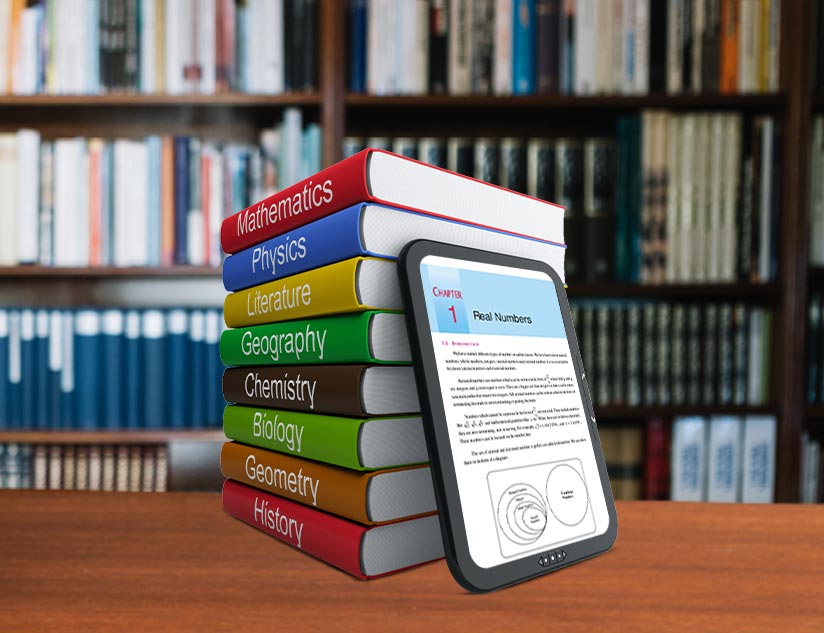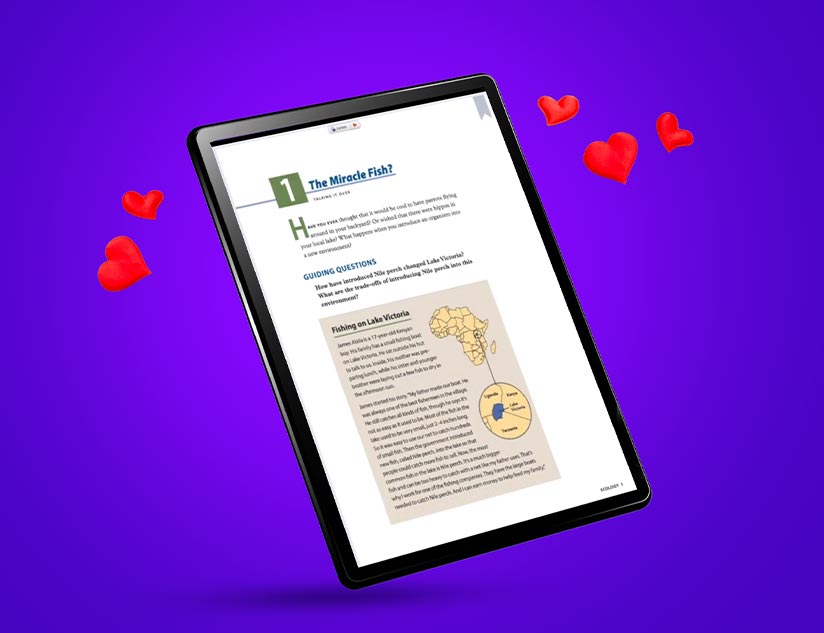Every five to seven years, schools across the United States revise the textbooks used for every subject. The textbook adoption cycle is a way to keep learning current and relevant for students. However, states and districts may not always have the budgets to revamp their entire textbook list and end up suspending new adoptions. Text adoptions also get suspended when the state takes time to finalize the state standards. COVID delayed adoption cycles for many states and has upended the adoption process overall.
COVID-19 Throws a Spanner in the Works
With the spread of the pandemic and school closures, the education system has gone through a sea-change in both teaching methods and policy. States are following different paths in terms of adopting new educational resources, including textbooks and other curricular materials. The key reasons are the disruptions to schools and changes in budgets brought about by COVID-19.
Education moved online to ensure continuity amidst a rapidly spreading pandemic. This move, however, highlighted inequities in access to digital resources among students from low-income families and specific ethnicities. For education to continue uninterrupted, such issues and challenges will need to be addressed. However, for the 2020-21 school year, many school districts did not have the resources to do so.
The Biden American Rescue Plan
With President Biden having signed the $1.9 trillion relief plan, schools will receive fresh infusion of funds to ensure that K-12 education continues unimpeded. The new legislation includes about $129 billion, set aside for educators and students to deal with the impacts of the COVID-19 pandemic. Of this amount, about $123 billion has been set aside as part of the stabilization fund for primary and secondary education, which will be distributed through the federal Title I plan for disadvantaged students.
Local school districts that receive this stabilization fund are required to put aside 20% of the funds for learning recovery programs. The legislation also provides for “maintenance of equity,” designed to bolster schools that have a large percentage of students from low-income households.
The legislation also puts aside $7 billion for the federal E-Rate program, aimed to provide disadvantaged students with internet-connected devices and internet services. A part of the funds has also been set aside for students with disabilities, as part of the federal program known as IDEA.
Learnings from the Pandemic
What the pandemic has brought to light is that online learning can be engaging and effective when the right tools are used. In fact, curriculum selection needs to move beyond simply looking at textbooks to adopt. School districts need to focus on a strategy for the adoption of educational material that takes into account the shift brought about by the pandemic.
The right curriculum is the key to providing relevant and meaningful learning experiences, while driving equity in education, while offering ways to meet district goals and enhancing academic outcomes.
How Educational Publishers Can Help
We are at a crucial juncture, where education delivery and learning are shifting to a more blended approach, even when schools reopen after the pandemic. Therefore, this is the time that educational publishers and edtech companies can play a crucial role in supporting schools and school districts transition seamlessly to a supportive curriculum.
A robust EdTech learning platform can not only provide publishing businesses an edge over their peers but also grow their reach well beyond the United States. A single learning platform, armed with just the right features and tools, can:
- Ease the modification and updating of curriculam, without raising costs exponentially for both publishers and schools.
- Ensure digital equity through both online and offline access to content. Students can download learning materials when they have access to the internet and then review the content at their own convenience.
- Enhance accessibility with features like read-aloud, captioning, multimedia elements and more.
- Reduce costs for schools and students, since digital textbooks can be priced at a fraction of the cost of their printed counterparts.
- Enhance assessments from just being summative, to ongoing, formative assessments, such that students receive inputs to focus their efforts in the right direction.
- Use custom analytics to track content consumption and learning patterns, learning progress and more. Teachers can use such analytics to create personalized learning paths.
- Offer peer-to-peer learning and collaborative assignments, so that online learning need not equate to social isolation.
With an end-to-end digital learning platform, publishers can offer schools just the right support to ease both administrative tasks and teaching, while offering students engaging learning materials.
Are you ready to participate in the digital education revolution? Contact us to know how we can help.














